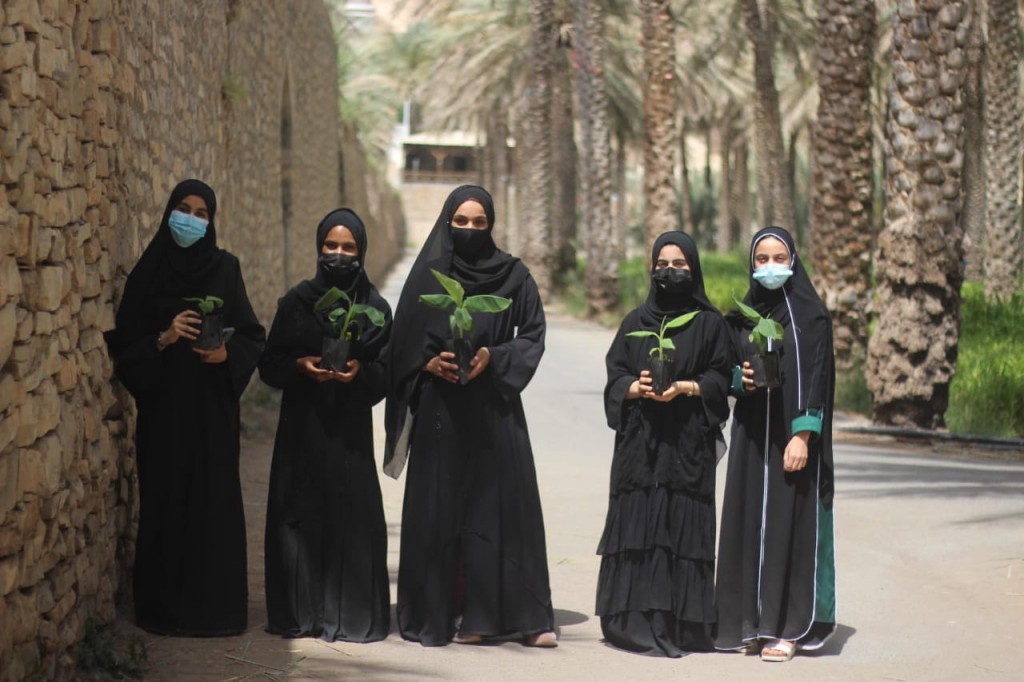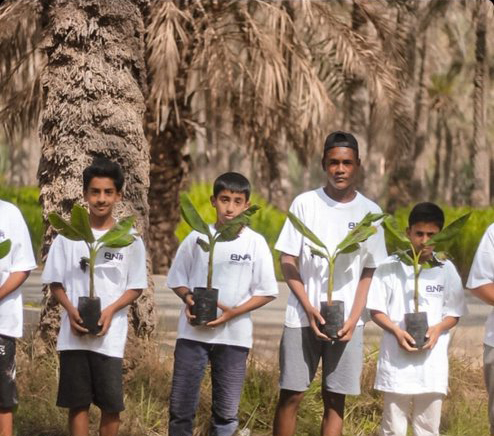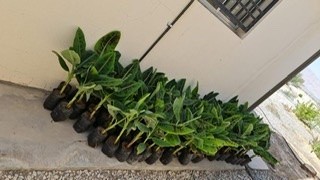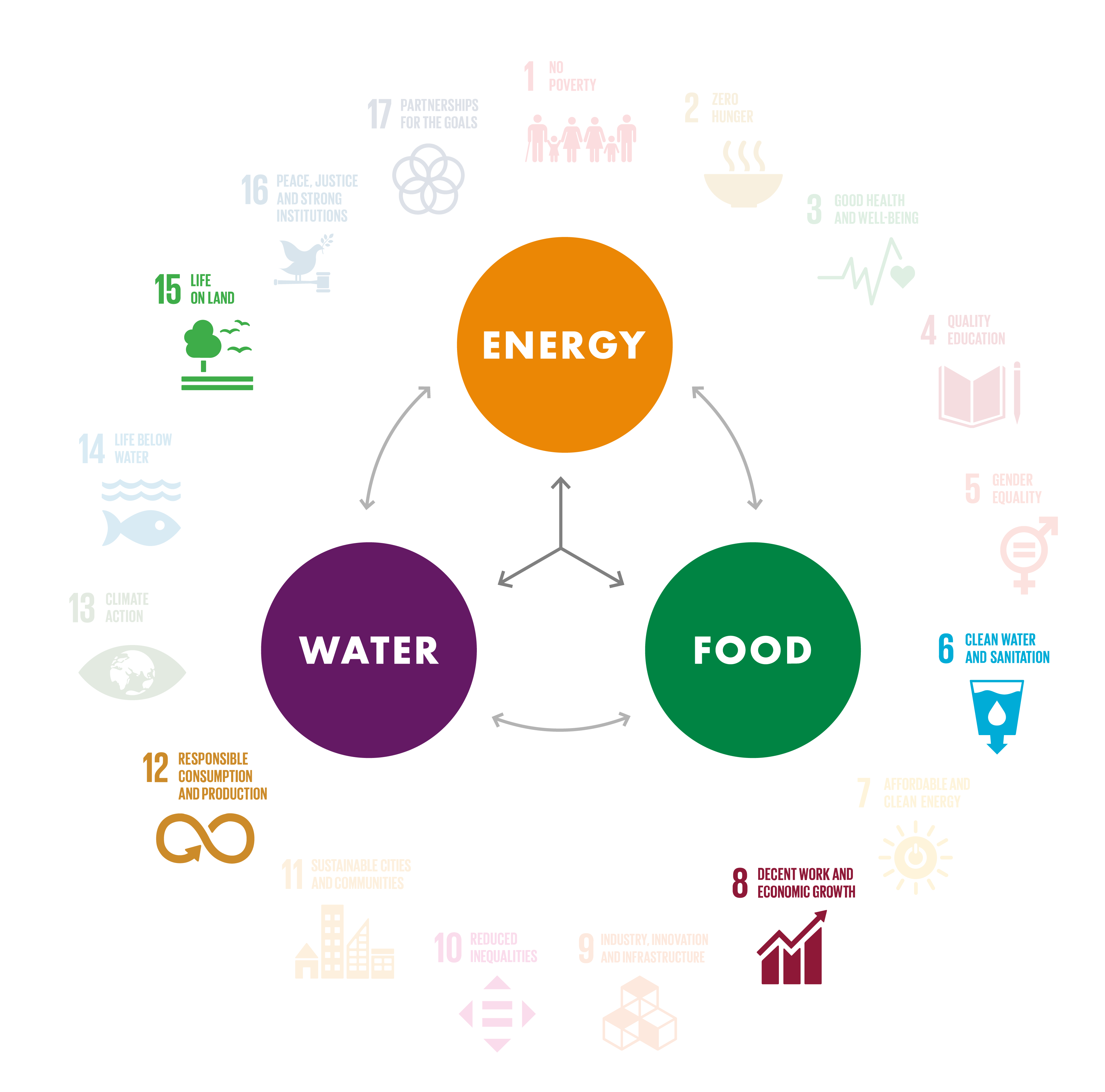NXplorers students in Um Al Fadhil School, Oman, reimagined the land around them as a sea of banana palms by rebuilding the knowledge, skills and applications needed to reintroduce banana trees to the local area. A decline in the number of banana trees grown in recent years and the rise in banana imports had deprived the area of what was once an abundant source of wealth creation. The economic and cultural cost of importing bananas was identified by the NXplorers students as a problem they wanted to solve.
Through the exploration phase of the project NXplorers students identified the harsh conditions of Oman’s hot temperatures and low rainfall alongside a cultural and agricultural shift away from cultivating banana palms as the major factors. They came up with a plan to reimagine their landscape as one full of banana plantations.
They hoped that the idea, rooted in their heritage and culture, would help to seed the knowledge to regrow and replenish their region with a fruitful contribution to the local economy.
Rethinking Banana Imports
The area of Birkat Al Mouz literally translates into Sea of Banana Palms in English as it was a region famous for being rich in bananas. But in recent decades, owing to environmental and economic pressures, farmers had started to grow different kinds of crops or sell their land for other commercial uses.To tackle both problems the students needed to address a knowledge gap that had developed, as to grow a plantation requires an extensive understanding of both the variety of seedlings and the microclimate and soil conditions to grow them successfully – an understanding that had diminished in recent years.

Beyond the climatic and economic pressures being put on farmers; the students were able to use NXthinking methodologies to identify two key factors that were hindering the community’s ability to grow banana palms.First, as peak hot season temperatures continue to rise and water scarcity concerns grow, the students acknowledged that these changing conditions were negatively affecting the growth of banana seedlings.Secondly, the students identified that as the numbers of banana palms declined over the years, so did the number of farm workers who had the experience or expertise to grow banana palms affectively. As farmers hired workers without the necessary experience in cultivating bananas, they found that they were no longer capable of effectively maintaining a crop of banana trees.

Through the problem solving and prototype creation phase of the project, the NXplorers identified that there were numerous varieties of bananas being grown in the area, each of which required specific conditions and care to be cultivated effectively. Some suited the environmental conditions of certain areas more than others.
Taking their research to local farmers and the ministry of agriculture and local businesses, the NXplorers generated interest and support, building a critical mass of enthusiasm to rejuvenate the banana tree plantations of their region of Oman.
The local tourist board and other local institutions also got behind the project. A local business, Kawa Kava and the local Al-Ittihad Football Club sourced 120 trees from farms in Al Batinah and helped with logistics, while also giving the team a platform to reach an entirely new network of people.
As a result, this support brought people from the local community together to plant over 600 new banana palms. Local news outlets shared the story and reinvigorated local interest and appreciation for the bananas.
Download PDF
By replanting bananas, the students were able to engage the community and revive the area’s heritage creating a sustainable and viable ecosystem.
How This Project Contributes To The UN SDGs
6. Clean water and sanitation
Ensure availability and sustainable management of water and sanitation for all
8. Decent work and economic growth
Promote sustained, inclusive and sustainable economic growth, full and productive employment and decent work for all
12. Responsible consumption and production
Ensure sustainable consumption and production patterns
15. Life on land
Protect, restore and promote sustainable use of terrestrial ecosystems, sustainably manage forests, combat desertification, and halt and reverse land degradation and halt biodiversity loss

Diagram of the United Nations’ Sustainable Development Goals numbered in a large circle, each with a smaller diagram below to represent the specific Development Goal. All of the Development Goals are faded, apart from four of them:
6. Clean water and sanitation
8. Decent work and economic growth
12. Responsible consumption and production
15. Life on land
Within the circle there are three circles in a triangle formation reading ‘Energy’, ‘Water’ and ‘Food’, with arrows to show how they are all interconnected.